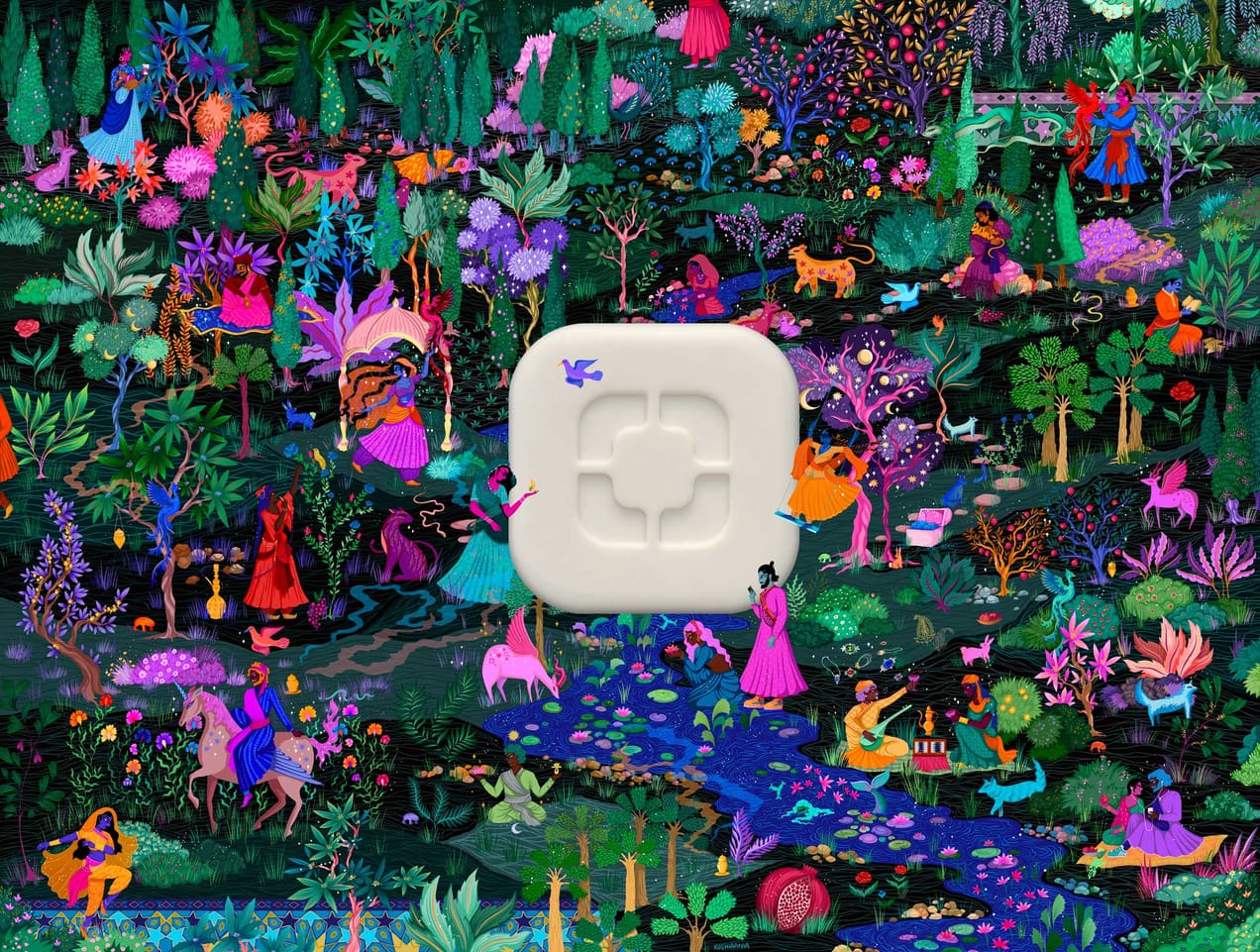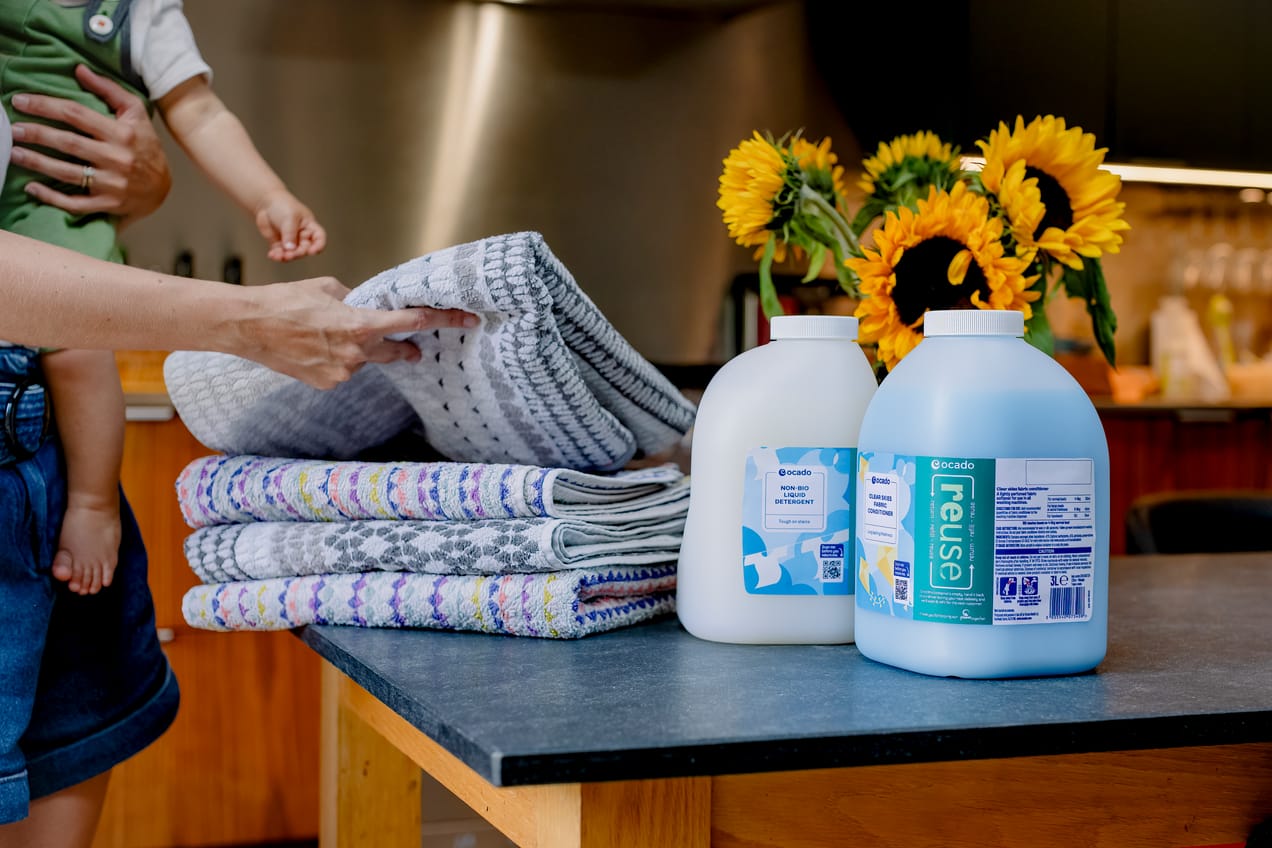
Refillable Beauty - part 2 - Market Figures
THE REFILLABLE BEAUTY REPORT
The NPD group conducted a survey in 2022 about refillable beauty in France in the UK which gives us a good indication of the global market impact if we extrapolate findings.
Refillable beauty in France
“ Sales of refills and refillable selective beauty products in France jumped 50% between January and October 2022, compared to the same period in 2021 ” according to a report by The NPD Group. The segment was “ estimated to be worth €158 million over this 10-month period and has outperformed the overall selective beauty market, which gained 20% between January and the end of October 2022 compared to 2021.”
The relative exponential growth compared to other segments of beauty can be explained by two factors:
- More refillable products are available on the market. Brands started to develop interest in refillable beauty products in early 2020, considering the development time of beauty products, between 18 to 24 months, it is fair to assume that the number of refillable items on the market has strongly increased
- More consumers are interested in refillable their beauty empties with economic or eco-consumption motivation.
Fragrance is leading the way in refillable prestige beauty thanks to its historic presence in the market. “ France leads other countries in this market, with refills and refillable products accounting for 8% of sales, compared with 6% in Europe and just 3% in North America. …. Growth is being driven mainly by sales of refillable perfume bottles, which have jumped by 56% year-on-year to October 2022, to represent 6% of the overall fragrance market.” explains the NPD group.
Mugler launched its Angel fragrance with a refillable fountain in-store in 1992 and most of the perfumes launching on the market today are coming with a refillable option - screw pump for the refill through a refill fountain or at-home refill, with a simpler version of the bottle.
“ Refills currently account for just 2% of fragrance sales, with a more modest growth of 21% in France. Their impact will be greater when consumers who have become loyal to their perfume come back to buy it. New fragrances launched with a refillable version must therefore be given time to build customer loyalty, and this will take several months.” Explains Mathilde Lion from NPD.
In the make-up category, refills and refillable products are exploding, “ with sales up 122% between January and the end of October 2022 compared with the previous year. Currently accounting for just 2% of the overall top-of-the-range make-up market, refillable products are opening up new opportunities for brands and distributors.”
More and more brands are launching with refillable make-up or are adding refillable products into their range, with the likes of Hermès who started its beauty brand in 2020 with a full refillable range including lipsticks and powder compacts.
“As for skincare, this market is still in its infancy, representing just 1% of total sales of top-of-the-range skincare products,” explains NPD.
Skincare leave-on products remain complex due to safety requirements associated with refillable products that can present a higher risk of contamination and with increased constraints brought in by regulations. Refillable skincare mostly comes in reloadable “cartridges” with the likes of Fenty Beauty or Tata Harper for example.
Despite technical and regulatory constraints in France, “ in the first ten months of 2022, sales of refills jumped by 46%, while sales of refillable products increased by 30%,” report NPD. Which shows great potential within the market. “The superior performance of refills compared to refillable products in skincare confirms the ability of skincare products to build consumer loyalty through refill,” analyses NPD.
Another option for skin care leave-on products is to develop refill fountains, and so far, only two brands have been able to develop their own refillable fountains with Cozie Bio or Amalthéa in France. These fountains must comply with current regulations and consumer safety standards with correct labelling and bulk number, as well as packaging sterilisation and a guaranteed zero-contamination at product delivery.
In the UK market
In another market, in the United Kingdom for example, overall sales of refillable prestige beauty products increased 47% from January to the end of July 2022, compared to the same period in 2021. The market for refillable prestige beauty products was valued at £34M in this seven-month period in the British market. Sales of these products performed better than the total prestige beauty market, which increased 22% between January and the end of July 2022, compared to last year.” reports The NPD group.
Another figure shows that “ sales of Product-Refill-Only grew the fastest, with sales increasing 79% in the period from January to the end of July 2022 (Product-Refill-Only = where the consumer buys the product refill for use with the refillable exterior packaging) ”
“ Similar to France, Fragrance is leading the way in the UK with 5% of fragrance sales weight that can be attributed to refillable packaging. In the period from January to the end of July 2022 sales of 45-74ml fragrance juices (in all formats including EDT, EDP, Perfume and Cologne) have experienced strong increases, compared to the same period last year, marking a shift in retail as refillable becomes more mainstream.”
“ The strongest category growth was reported in makeup where sales of refillable products increased 364% in the period from January to the end of July 2022, compared to the same period last year. This contrasts with sales growth in the total makeup market which reported a 30% increase year-on-year. “ Again this could be explained by the release of refillable products that have been developed by beauty brands since 2020.
The NPD reports notes that “ just over half of makeup refill sales can be attributed to lip colour. Other sub-segments that dominate the refill space include bronzer and blush.
Lipsticks have been the go-to refillable solution developed by beauty brands, as it is the most available refillable solution on the market. Counting on the “ lipstick index ” often as an expected effect of the economic crisis, chances are that the refill segment with lipsticks will keep growing, with the example of Prada who released its beauty range in August 2023 with refillable lipsticks.
Overall figures in EU and in the US
“ With regards to Fragrance, Europe is more penetrated by the refill and refillable market, and France in particular is ahead of other countries in this area, with a total market share of 7% and 2% for refills alone.”
Refills alone are up 31% in Europe 5 (Oct 22 vs 21) compared with 19% for the total fragrance & gift set market. In the US, the trend is very different, with refills growing at a slower pace (+15%) than the total market (+21%).
In both cases, refillable bottles are driving growth, up 48% in the US and 42% in Europe.
This is linked to an expansion of the range through recent launches: JPG Scandal, H24, Phantom, La Vie est Belle, Sauvage, Flower By Kenzo, Paradoxe, Aqua Allegoria, etc., as well as a promotion by retailers (Sephora, in particular, has a dedicated refillable section).” explained Mathilde Lion of The NPD Group.
In skincare, the refill and refillable products market accounts for just 1% of the skincare market in Europe, with year-on-year growth of 39% to the end of October 2022 compared to 2021. The US market is similar, with growth of 78%.
Make-up accounted for a slightly larger share of this segment: 2% in Europe, with a growth of 101%. In the US, refills and refillable products accounted for just 1% of the category (as for skincare), with growth of 103% over 12 months in October 2022 compared to 2021. The segment is dominated by refillable lipsticks, but there are also foundation and eyeshadow refills. detailed Mathilde Lion.
These figures indicate that refillable beauty will keep growing and will most probably become a mainstream version of beauty. Even though overall sales of refillable do not overcome sales of regularly packaged beauty products, the increase shows that more “refillable” options are available on the market, and sometimes only a refillable version and not regular packaging is available, which is the case of most fragrance launches. It will take time for consumers to adopt an eco-conscious consumption, but with the rising concern surrounding climate change, consumption and cost of living crisis may work in the favour of the unrolling of refillable prestige beauty.
Some brands have even released products that are technically refillable without even using the refill yet. This is the case of the ingenuous award-winning packaging of the Briogeo “don't despair, repair” hair treatment which offers a dual chamber that delivers two different formulas at once. The top and bottom rings of the packaging can be easily turned to release the two chambers and the pump so they can be separated for easy recycling. Technically the two chambers could be bought and inserted again if they were made available.
Potential in the “ bulk ” area
It’s worth noting that the bulk market represents only 0.75% of the overall market for FMCG goods in France for example. Food is the large majority of bulk sales. There are no specific figures about the beauty share in the overall “bulk” market, but we can estimate that it’s probably under 10%. The “réseau vrac” in France hopes to reach 3% of the market share in the near future, as infrastructure has evolved and the market is structured to offer more bulk options.
In other countries “bulk” sales are developing slowly with Germany growing in offering where it is part of the culture. German consumers have always used a deposit scheme for glass bottles, so chances are that the deposit scheme will work well there when in most other countries deposit or refill schemes have disappeared or never existed.
In other words, refillable solutions require a change of habits and this will take time. Implementing fully workable and refillable solutions will take time with months and sometimes years of testing and trials before an effective solution is found.

